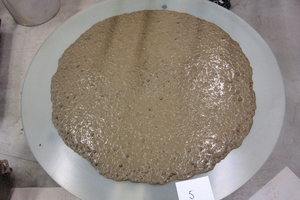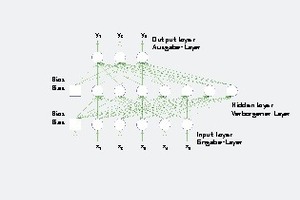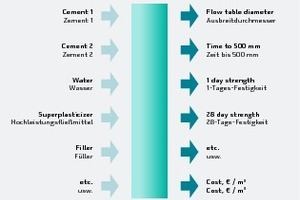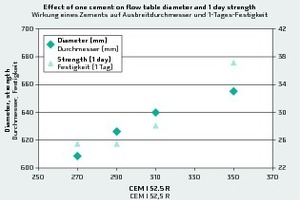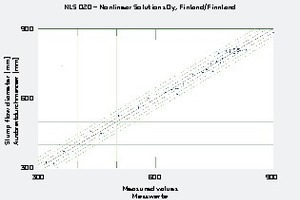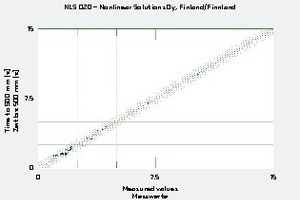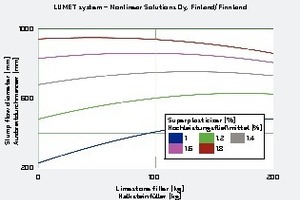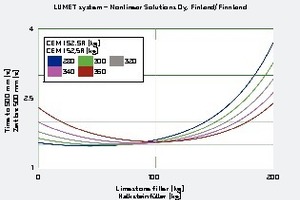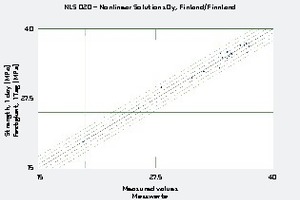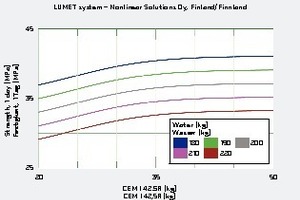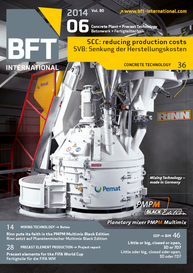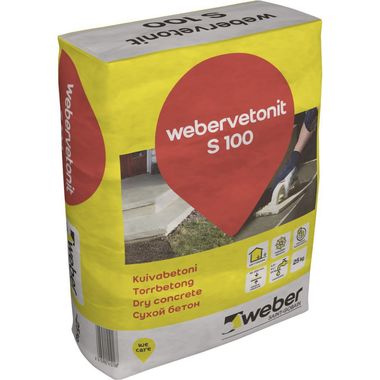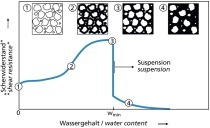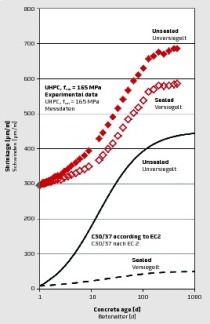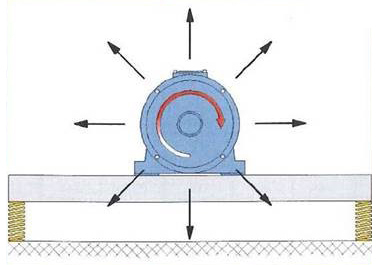SCC: reducing production costs with nonlinear models
Concrete recipes are usually prepared by trial-and-error experiments. This work shows how systematic experimentation followed by the development of nonlinear models resulted in significantly better recipes that were also more cost-efficient.
Self-compacting concrete (SCC) is a material with special rheological characteristics. It has a low yield stress and a moderate plastic viscosity, which is just sufficient for it to flow under its own weight without segregation or bleeding. These concretes are used where compaction is not feasible. For example, large building elements are often cast with self-compacting concrete. This concrete tends to be somewhat more expensive, which makes its mix proportioning an important issue.
The concrete has to have the right rheological characteristics, early strength and 28-day strength. Furthermore,...

